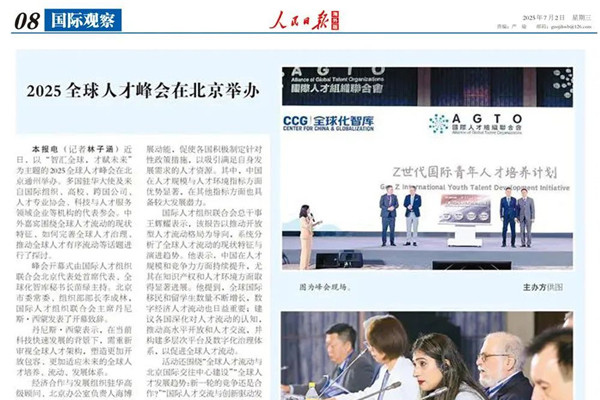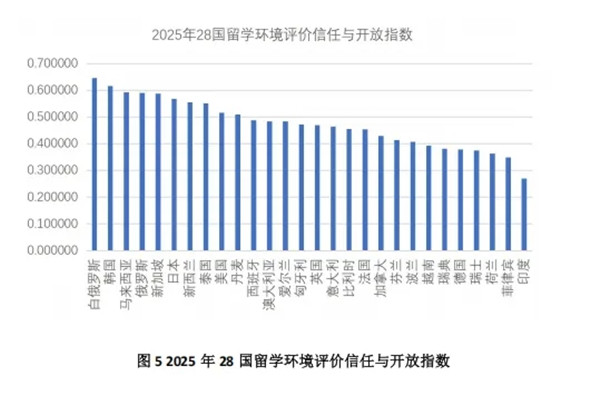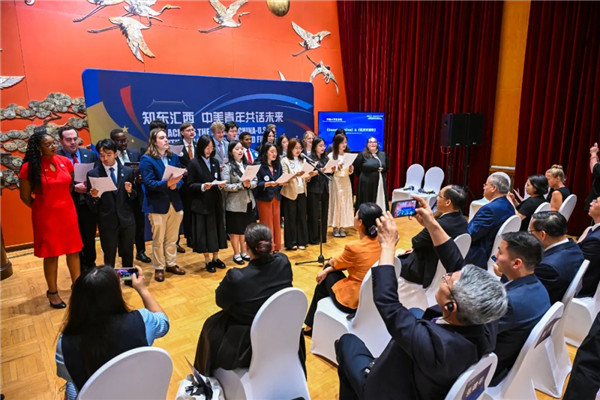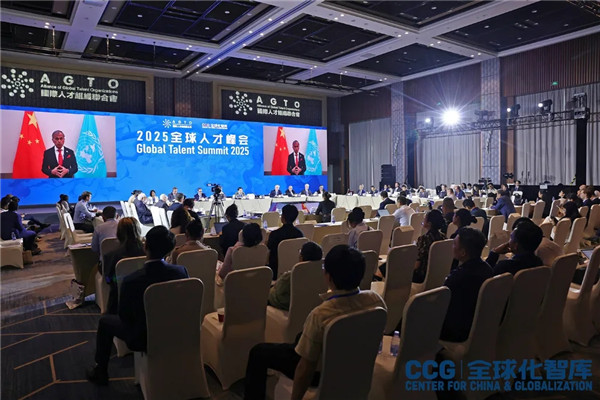[East Asia Forum]A time of test for the China model of economic growth
2017年2月13日The ‘China model’ of economic growth has been essentially a story of a hyper-charged economy led by an authoritarian state. But now the model has become unsustainable, with China experiencing economic slowdown as well as rampant corruption, growing inequality and environmental destruction.
This is an ideal time for Chinese leaders to move the country’s growth model focus from exports and investment to qualitative internal development. It is also the time for the Chinese government to build institutional checks on state authority and boost accountability.
If China can complete this transition on both fronts, the China model will stand. But a sustained economic downturn or a lost decade or two could mark the end of the China model.
The notion of a China model first emerged in Joshua Cooper Ramo’s 2004 article ‘The Beijing Consensus’, which asserted that China had found a unique path to modernisation through a willingness to innovate, taking account of quality of life and providing enough equality to avoid unrest while refusing to let other Western powers impose their will.
The China model notion re-emerged after the successful 2008 Beijing Olympics and the global financial crisis, which China weathered better than many Western countries. The China model became a popular term in the so-called ‘discourse of greatness’, which included terms like ‘the China miracle’ and ‘the rise of China’. But the Hu Jintao–Wen Jiabao administration avoided endorsing the China model, reflecting a hesitancy to engage in ideological debate and a concern over the emerging perception of the ‘China threat’.
The China model has also been a central interest since President Xi Jinping came to office in 2012 and called for a ‘China dream’ of national rejuvenation. Xi’s China model promotes Chinese exceptionalism. According to Xi, because of China’s unique characteristics, only a quintessentially Chinese model can accommodate China’s national circumstances.
The key issue in the China model debate is the role of the state, reflecting the long struggle of Chinese elites to build and maintain a powerful state.
Since founding the People’s Republic of China, the Chinese Communist Party (CCP) has claimed the public mandate by building a centralised state to maintain order. But Deng Xiaoping’s economic reforms in 1979 decentralised many economic decision-making authorities. These reforms helped China’s economic take-off by creating market based resource reallocation efficiencies.
More recently, a neo-authoritarian sentiment has emerged in China criticising the decentralisation of the state authority for weakening central planning bureaucracies and creating opportunities for some intellectuals to advocate liberal ideas from the West.
President Xi has echoed this sentiment by significantly strengthening state capacity through concentration of personal power, anti-corruption campaigns, empowering state-owned enterprises and launching the largest ideological campaign against ‘Westernisation’ in post-Mao China. Xi has centralised policymaking at the highest levels of the party by moving a large proportion of decision making into small leadership groups. Underlying these moves is a recentralisation of power from Beijing and the CCP to Xi Jinping.
Centralisation under Xi has allowed the Chinese state to utilise a much larger economic toolkit than its Western counterparts. China marshalled extraordinary resources into infrastructure, housing and transportation. The Chinese government was also much more effective in deploying enormous state capacity to ward off the global recession than its Western counterparts during the global financial crisis.
But this economic growth has come with significant costs, including excessive human casualties, environment pollution and overcapacity as well as income disparity and moral disintegration.
These costs have seen China enter a period of deepening social tension, marked by unrest and protests. With China’s economic growth now decelerating, Chinese leaders are increasingly fearful of China descending into chaos. Strikes and labour protests have already increased as bloated private and state-run enterprises lay off millions of workers.
The Chinese government has deployed more coercive measures to maintain social stability. China’s spending on domestic security outstripped the defence budget for the first time in 2009 and has continued to hit new heights since then, showing the rising costs of maintaining stability. Xi has clamped down on social media, shutting accounts of labour activists, deleting news reports and monitoring chat forums. The state has also prohibited workers from establishing independent labour unions, severely persecuted activists and detained human rights lawyers.
As China’s economy slows the costs of the China model of rapid economic growth are becoming less and less bearable, even to those who have benefited from its fruits. The existing model does not fit China anymore. This is evidenced by the growing numbers of China’s new rich who are choosing to emigrate abroad and take their money with them. Students are flocking to the West for a liberal college education.
The real test for the China model is whether Chinese leaders are able to achieve transformation on both the economic and political fronts. China has come a long way since Deng Xiaoping initiated economic reforms in 1978, but now much needs to be done to create a more sustainable China model.
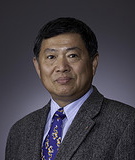
Zhao Suisheng is Academic Advisor of the Center for China and Globalization(CCG), the largest independent think tank in China, with over 100 researchers and members of staff.
From East Asia Forum,2017-1-29
